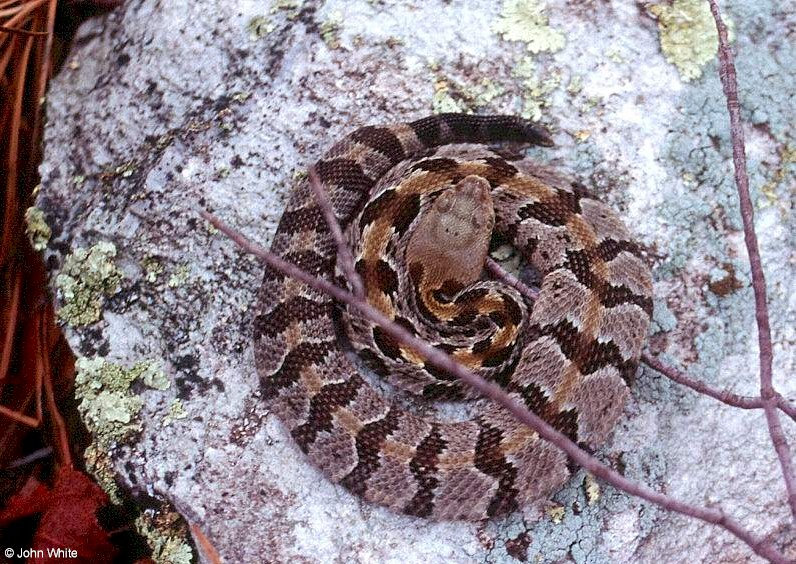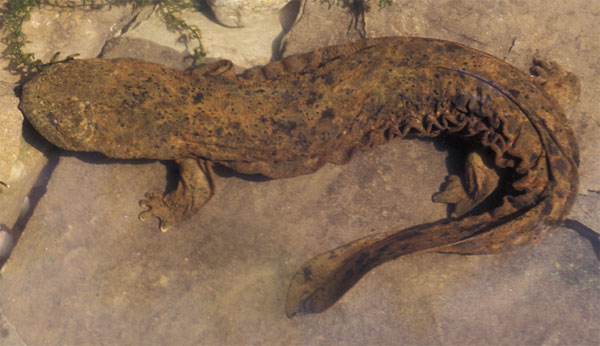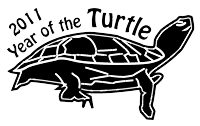In 1967 a young man was bitten by a rattlesnake in Evans County, Georgia, and survived. Despite the happy outcome, the locals still thought there were just too many rattlesnakes in the region. In February 1968 a Rattlesnake Roundup was organized, and 48 rattlesnakes were turned in. There’s been an annual Rattlesnake Roundup in Claxton, Georgia ever since.
This year, however, there is a change. It’s no longer the Rattlesnake Roundup, but the Rattlesnake Festival, according to the Claxton-Evans County Chamber of Commerce website and WTOC.
Rattlesnakes will be celebrated, but not bought and sold. Part of the reason is that pharmaceutical companies no longer buy rattlesnakes to milk for venom antidotes, says an article on the Care2 website. That article helpfully includes a link to a list of rattlesnake roundups nationwide (with a rattlesnake race and rattlesnake derby thrown in for good measure, find it here).
This is good news for rattlesnakes, whose numbers have been declining.
A 2009 paper in the journal Herpetological Conservation and Biology found that rattlesnake roundups do indeed impact local rattlesnake population levels. The Claxton roundup was one of those studied.




